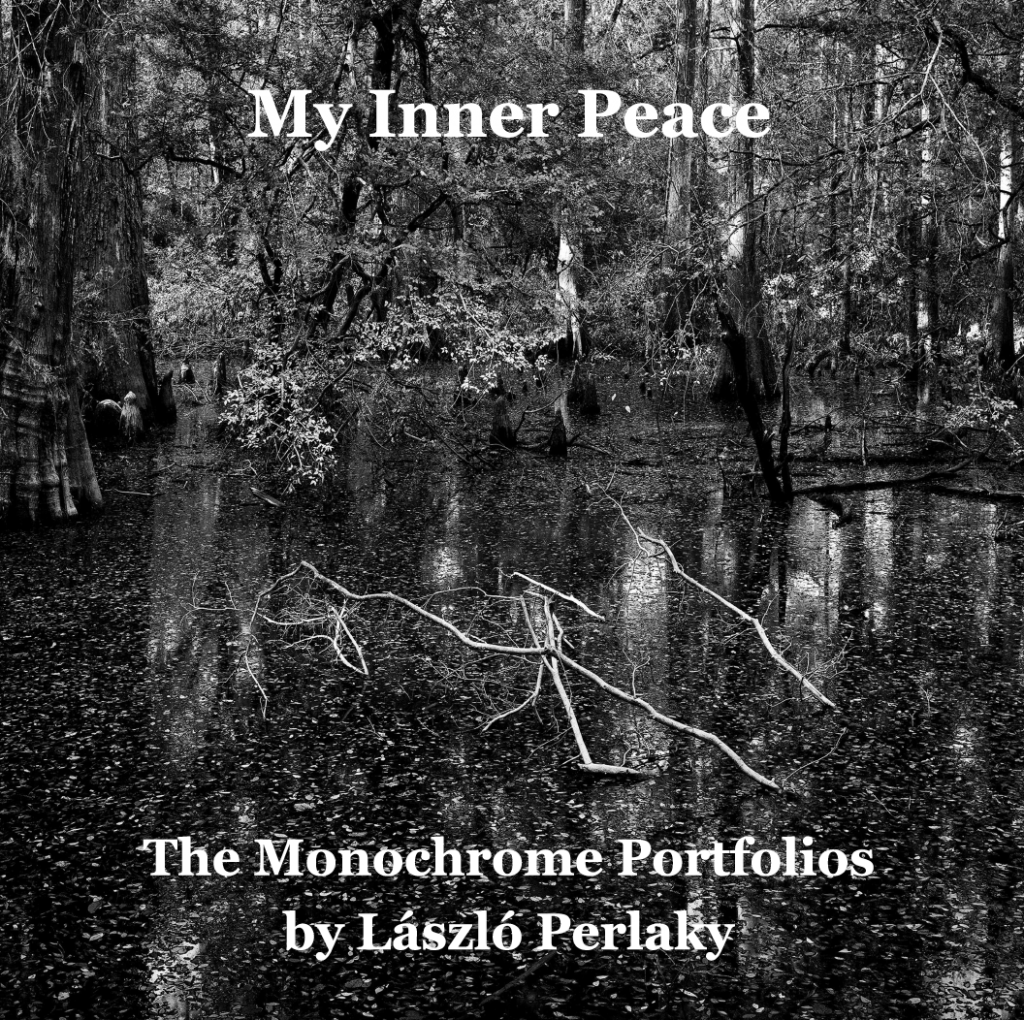An Introduction to My Monochrome Portfolios
.

“Perhaps 20 years ago, one of our Houston Photographic Society members, who specialized in large format photography talked with me about large format photography, introducing me to the magic of lens and camera movements, and I began using tilt-shift lenses for my digital photography… That was a nice experience, but once again, I still missed something.
My friend and I continued discussing more and more about the advantages of large format photography, mostly from a technical point of view. I read many books about large format photography and many great photographers influenced me: Ansel Adams, Eliot Porter, Edward Weston, Ernst Haas, John Sexton, Alan Ross, Jack Dykinga, Michael Kenna, Clyde Butcher, Christopher Burkett, Alain Briot just name a few.
While I was happy with my large format camera, I didn’t know at the time that this fine instrument would completely change my vision. I made several hundred fine negatives with extremely high resolution. The results were fine art prints that showed detail and depth — in black & white, of course.
Why B&W? B&W is timeless, transcends reality, deconstructs the scene and reduces it to its forms and tones, reduces the image into its essence: subject, composition, and light, and adds a fine-art appeal to an image.
Slowly but surely, the large format image-making process changed my vision. Previously, I wished to have everything and when I finally arrived at the desired location and waited for the sunrise, I was not relaxed. I was still filled with the remnants of the daily grind from the previous week.
However, something special happened to me during the past several years. I Finally became relaxed more and more, and I started seeing the world around me differently. I even focused on nature differently from before. I began pre-visualizing my never-seen images and saw more images when I was alone with the upside-down and reversed orientation 4″x5″ or 8″x10″ image on the camera’s ground glass. I would talk with my image. I tried to make it work within my storyboard. I would tell my story and the image replied to me generating a special connection and binding. The camera’s dark cloth separated me and my image from the disturbing surroundings and this slow, precise, and intimate image-making process opened my heart and cleared my mind. When I finally clicked the shutter and captured the image, I felt inner peace. I was happy.
If everybody could feel similar to what I experienced, we would all be large format photographers. We would all be able to change the world around us, perhaps giving inner peace and happiness to all hearts.”